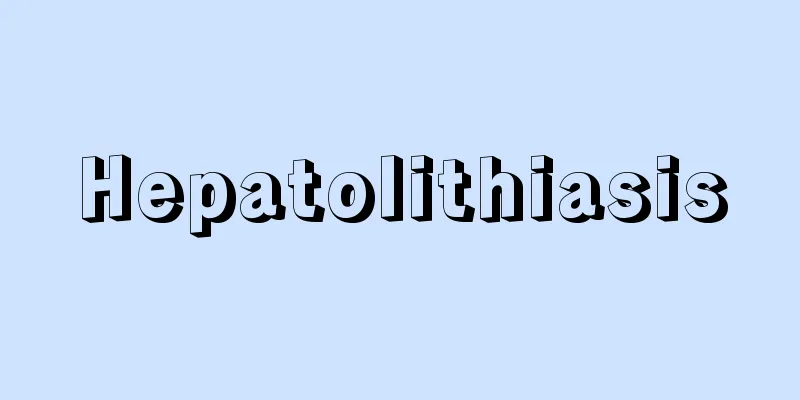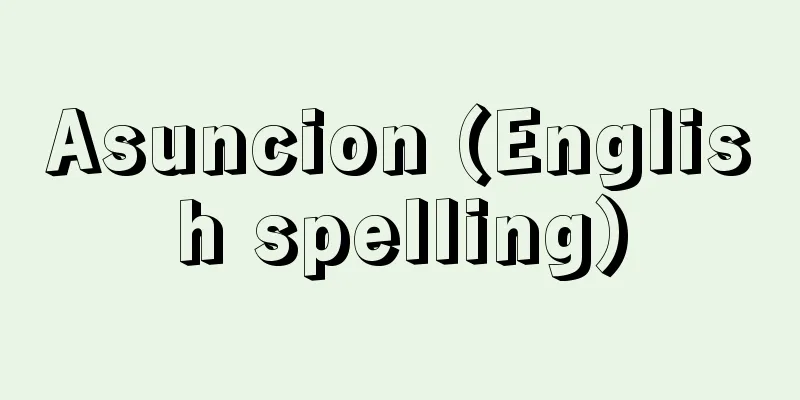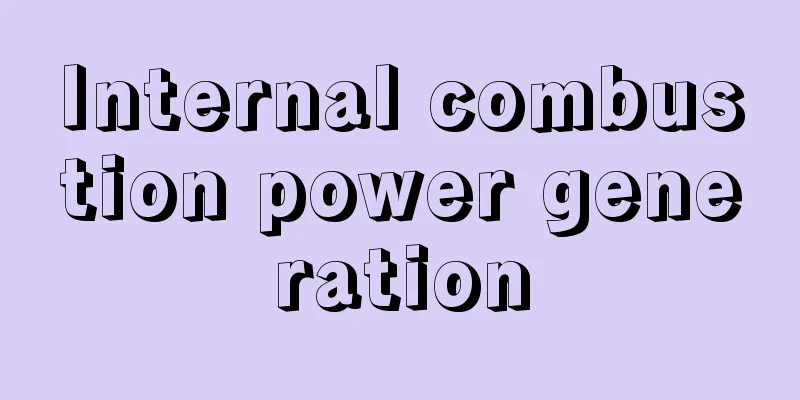Hepatolithiasis

What is the disease? Intrahepatic stones are stones that form inside the liver. In addition, complete recovery is difficult, and even if the stones are removed, the disease tends to recur, making it an intractable disease. Furthermore, it is said that 4-8% of people with intrahepatic stones develop bile duct cancer. What is the cause?It is still unknown why intrahepatic stones develop. However, in Japan, the number of patients varies greatly depending on the region, and the total number of patients is also on the decline, so it is thought that hygiene and dietary habits are involved. It is said that there is almost no involvement of congenital or hereditary factors. 80% of intrahepatic stones are bilirubin calcium stones, and it is believed that bacteria in the bile are closely related to the formation of stones. The frequency of cholesterol stones is about 5%, and they are not thought to be related much to dyslipidemia (hyperlipidemia). How symptoms manifest Common symptoms include fever and abdominal pain. On the other hand, there are also asymptomatic people whose condition is discovered by chance during abdominal ultrasound examinations during health checkups. Testing and diagnosis It can be diagnosed by abdominal ultrasound. Furthermore, percutaneous transhepatic cholangiography (PTC) and endoscopic retrograde cholangiopancreatography (ERCP) may be performed assuming treatment. For details of each examination, please refer to Cholelithiasis. Treatment methodsThe most common method is to surgically remove the part of the liver where the intrahepatic stones are located. In addition, a treatment that utilizes PTC techniques is also performed in which an endoscope (cholangioscope) is inserted through the skin and into the bile duct without laparotomy to remove the stones. In this case, the stones may be broken into small pieces using electrical water pressure waves while being viewed through the cholangioscope. Furthermore, some specialized facilities also use ERCP techniques to remove intrahepatic stones from the duodenum. There is currently no effective treatment for intrahepatic stones, but ursodeoxycholic acid, lipid-lowering drugs, or Chinese herbal medicines may be administered. Even if there are no symptoms, stones in the relatively thick intrahepatic bile ducts close to the extrahepatic bile ducts may be treated. However, for stones in the thin bile ducts at the edge of the liver, there is also the idea of observing the condition without treatment. In that case, it is assumed that an accurate diagnosis has been made that there are no narrow parts of the bile duct and no obvious tumors. What to do if you notice an illnessCompared to gallbladder stones and bile duct stones, diagnosing intrahepatic stones and choosing a treatment method requires considerable knowledge, experience, and diagnostic and treatment techniques. In addition, diagnosing bile duct cancer, which can occur with intrahepatic stones, can still be extremely difficult, even with the advances being made in various imaging tests. Furthermore, about 20% of patients experience recurrence even after treatment, so you will need to be in contact with medical institutions for a long time. For the above reasons, if you are diagnosed with intrahepatic stones, it is recommended that you visit a specialized facility at least once. Takeshi Tsujino Source: Houken “Sixth Edition Family Medicine Encyclopedia” Information about the Sixth Edition Family Medicine Encyclopedia |
どんな病気か 肝内結石とは肝臓のなかの また、完治自体が難しく、結石を除去しても再発を繰り返すことから、難治性の病気とされています。さらに、肝内結石の方の4~8%に胆管がんが発生するといわれています。 原因は何かなぜ肝内結石ができるかはいまだに不明です。しかし日本においては、患者さんの数が地域によって大きく異なり、また全体の患者さんの数も減少傾向にあることから、衛生状態や食生活の関与が考えられています。先天性や遺伝性因子の関与はほとんどないといわれています。 肝内結石の80%はビリルビンカルシウム系結石で、胆汁中の細菌が結石の生成に大きく関係していると考えられます。コレステロール系結石の頻度は5%程度で、脂質異常症(高脂血症)とはあまり関係がないとされています。 症状の現れ方 よくみられる症状は発熱や腹痛です。また 一方、健診などで行った腹部超音波検査などで偶然発見される、無症状の方もいます。 検査と診断 腹部超音波検査で診断可能です。しかし さらには治療を前提として、経皮経肝的胆道造影(PTC)や内視鏡的逆行性胆膵管造影(ERCP)を行うこともあります。それぞれの検査の詳細は、胆石症を参照してください。 治療の方法肝内結石がある部分の肝臓を外科的に切除する方法が最もよく行われています。またPTCの手技を応用して、開腹せずに皮膚から肝臓を通して胆管のなかに内視鏡(胆道鏡)を入れて結石を取り出す治療も行われています。その際に、胆道鏡で石を見ながら電気水圧波で細かく砕くこともあります。さらにERCPの手技を利用して、十二指腸から肝内結石を取り出す治療も一部の専門施設で行われています。 現在のところ肝内結石に有効な治療薬はありませんが、ウルソデオキシコール酸や高脂血症治療薬や漢方薬が投与されることがあります。 無症状でも、肝外胆管に近い比較的太い肝内胆管にある結石は治療対象になることがあります。しかし肝臓の端のほうの細い胆管にある結石については、治療せずに経過観察をするという考えもあります。その場合、胆管に細いところがなく、明らかな腫瘍もない、ということを正確に診断できていることが前提となります。 病気に気づいたらどうする胆嚢結石や胆管結石と比べて、肝内結石の診断や治療法の選択にはかなりの知識、経験、そして診断・治療技術を要します。また肝内結石に合併しうる胆管がんの診断は、各種画像検査法が進歩した現在でもなお極めて困難なことがあります。さらに治療後でも約20%の方が再発しますので、長期的に医療機関と付き合うことになります。 以上のことから、肝内結石と診断されたら専門施設を一度は受診することが望まれます。 辻野 武 出典 法研「六訂版 家庭医学大全科」六訂版 家庭医学大全科について 情報 |
<<: Intratubular digestion - Kannaishouka
Recommend
"Chinese and Tang Geographical Notes"
…In the 4th century, the Han people were driven o...
Shinoda
Also written as Shinda or Shida. A work of Kōwakam...
Gomberville (English spelling)Marin Le Roy de Gomberville
1600‐74 French novelist. One of the founding membe...
Calgary Stampede
…The University of Calgary is located here. The C...
Folk dance
Folk dance. It is a dance that has been passed dow...
Hon'ami Koetsu
An artist from the Momoyama to early Edo period. ...
Jet lag syndrome
...This is caused by a discrepancy (asynchronizat...
Korakuen
This garden is located in Okayama City, in the sou...
Country
A word that indicates a certain area of land, an...
Feng Shui theory
Feng Shui refers to a type of East Asian view of ...
Shigenari Inage - Inage Shigenari
Year of death: 23rd June 1205 (11th July 1205) Yea...
Mother Goose
(Mother Goose ) A collection of traditional Britis...
School age maturity - school age maturity
…In Europe and the US, the starting age for schoo...
Futabatei Shimei
Novelist. His real name was Hasegawa Tatsunosuke....
Asakusa paper
During the Edo period, this miscellaneous paper w...









